Divalent Yb-Doped Silica Glass and Fiber with High Quantum Efficiency for White Light Source
Abstract
:1. Introduction
2. Experimental
3. Results and Discussion
4. Conclusions
Author Contributions
Funding
Data Availability Statement
Acknowledgments
Conflicts of Interest
References
- Kück, S. Laser-related spectroscopy of ion-doped crystals for tunable solid-state lasers. Appl. Phys. B 2001, 72, 515–562. [Google Scholar] [CrossRef]
- Kirchhof, J.; Unger, S.; Jetschke, S.; Reichel, V.; Leich, M. The influence of Yb2+ ions on optical properties and power stability of ytterbium-doped laser fibers. Proc. Spie 2010, 7598, 75980B–75911B. [Google Scholar]
- Wang, S.; Lou, F.; Yu, C.; Zhou, Q.; Wang, M.; Feng, S.; Chen, D.; Hu, L.; Chen, W.; Guzikc, M.; et al. Influence of Al3+ and P5+ ion contents on the valence state of Yb3+ ions and the dispersion effect of Al3+ and P5+ ions on Yb3+ ions in silica glass. J. Mater. Chem. C 2014, 2, 4406. [Google Scholar] [CrossRef]
- Xia, C.; Zhou, G.; Ying, H.; Zhao, X.; Hou, L. Luminescence of Yb2+, Yb3+ co-doped silica glass for white light source. Opt. Mater. 2012, 34, 769–771. [Google Scholar] [CrossRef]
- Nicoara, I.; Lighezan, L.; Enculescu, M.; Enculescu, I. Optical spectroscopy of Yb2+ ions in YbF3-doped CaF2 crystals. J. Cryst. Growth 2008, 310, 2026–2032. [Google Scholar] [CrossRef]
- Mackeen, C.; Bridges, F.; Kozina, M.E.; Mehta, A.; Barandiaran, Z. Evidence That the Anomalous Emission from CaF2 :Yb2+ Is Not Described by the Impurity Trapped Exciton Model. J. Phys. Chem. Lett. 2017, 8, 3313. [Google Scholar] [CrossRef] [PubMed]
- Loh, E. Strong-Field Assignment on 4f135d Levels of Yb2+ in SrCl2. Phys. Rev. B 1973, 7, 1846–1850. [Google Scholar] [CrossRef]
- Kück, S.; Henke, M.; Rademaker, K. Crystal growth and spectroscopic investigation of Yb2+-doped fluoride crystals. Laser Phys. 2001, 11, 116–119. [Google Scholar]
- Henke, M.; Perßon, J.; Kück, S. Preparation and spectroscopy of Yb2+-doped Y3 Al5 O12, YAlO3, and LiBaF3. J. Lumin. 2000, 87, 1049–1051. [Google Scholar] [CrossRef]
- Hendriks, M.; van der Kolk, E. 4f→5d and anomalous emission in Yb2+ doped NaI, SrI2 and LaI3 powders prepared by rapid melting and quenching in vacuum. J. Lumin. 2019, 207, 231–235. [Google Scholar] [CrossRef]
- Huang, Y.; Wei, P.; Zhang, S.; Seo, H.J. Luminescence Properties of Yb2+ Doped NaBaPO4 Phosphate Crystals. J. Electrochem. Soc. 2011, 158, H465–H470. [Google Scholar] [CrossRef]
- Assadi, A.A.; Herrmann, A.; Damak, K.; Rüssel, C.; Maalej, R. Spectroscopic properties of Yb2+ in aluminosilicate glass. Int. J. Appl. Glass Sci. 2017, 8, 322–328. [Google Scholar] [CrossRef]
- Xia, C.; Zhou, G.; Han, Y.; Zhao, X.; Wang, C.; Hou, L. Investigation on preparation and spectroscopic properties of Yb2+-doped silica-based glass prepared by the oxyhydrogen flame fusing process. Opt. Mater. 2013, 35, 2561–2564. [Google Scholar] [CrossRef]
- Liu, S.; Zheng, S.; Tang, C.; Li, X.; Xu, W.; Sheng, Q.; Chen, D. Photoluminescence and radioluminescence properties of Yb2+-doped silica glass. Mater. Lett. 2015, 144, 43–45. [Google Scholar] [CrossRef]
- Wang, C. Upconversion luminescence of the Yb2+/Yb3+ co-doped silica glass with femtosecond laser irradiation. J. Optoelectron. Laser 2017, 28, 5. [Google Scholar]
- Xia, C.; Zhou, G.; Zhang, W.; Liu, J.; Han, Y.; Yuan, J. Influence of Yb2+ ions on the optical properties of Yb3+/Ho3+ co-doped silica glass synthesized by non-chemical vapor deposition method. J. Non-Cryst. Solids 2015, 421, 20–23. [Google Scholar] [CrossRef]
- Aarle, C.V.; Krmer, K.W.; Dorenbos, P. The role of Yb2+ as a scintillation sensitiser in the near-infrared scintillator CsBa2I5:Sm2+. J. Lumin. 2021, 238, 118257. [Google Scholar] [CrossRef]
- Alekhin, M.S.; Biner, D.; Krämer, K.W.; Dorenbos, P. Optical and scintillation properties of SrI2:Yb2+. Opt. Mater. 2014, 37, 382–386. [Google Scholar] [CrossRef]
- Rutstrom, D. Crystal growth and scintillation properties of new ytterbium-activated scintillators Cs4CaI6:Yb and Cs4SrI6:Yb. Opt. Mater. 2020, 110, 110536. [Google Scholar] [CrossRef]
- Zhang, J.; Song, H.; Zhang, Y.; Wu, X.; Li, B.; Yu, J. Enhanced crystallinity and photoluminescence properties of Yb2+ doped SrSi2O2N2 phosphor for image storage applications. J. Lumin. 2022, 242, 118611. [Google Scholar] [CrossRef]
- Ma, Z.; Tian, S.; Wu, H.; Zhang, J.; Li, H. Self-reduction of Yb3+ to Yb2+ and red persistent luminescence of Na2CaGe2 O6 :Yb2+ phosphor. Ceram. Int. 2018, 44, 14582–14586. [Google Scholar] [CrossRef]
- Hossain, M.K.; Ahmed, M.H.; Khan, M.I.; Miah, M.S.; Hossain, S. Recent Progress of Rare Earth Oxides for Sensor, Detector, and Electronic Device Applications: A Review. ACS Appl. Electron. Mater. 2021, 3, 4255–4283. [Google Scholar] [CrossRef]
- Hossain, M.K.; Hossain, S.; Ahmed, M.H.; Khan, M.I.; Haque, N.; Raihan, G.A. A Review on Optical Applications, Prospects, and Challenges of Rare-Earth Oxides. ACS Appl. Electron. Mater. 2021, 3, 3715–3746. [Google Scholar] [CrossRef]
- Mittsev, M.A.; Kuz’Min, M.V.; Loginov, M.V. Mechanism of the Yb2+ → Yb3+valence transition in ytterbium nanofilms upon chemisorption of CO and O2molecules on their surface. Phys. Solid State 2016, 58, 2130–2134. [Google Scholar] [CrossRef]
- Quinet, P.; Palmeri, P.; Biémont, E.; Li, Z.S.; Zhang, Z.G.; Svanberg, S. Radiative lifetime measurements and transition probability calculations in lanthanide ions. J. Alloys Compd. 2002, 344, 255–259. [Google Scholar] [CrossRef]
- Li, Z.S.; Zhang, Z.G.; Lokhnygin, V.; Svanberg, S.; Bastin, T.; Biémont, E.; Garnir, H.P.; Palmeri, P.; Quinet, P. Radiative lifetime measurements in Tm III with time-resolved laser spectroscopy and comparisons with HFR calculations. J. Phys. B At. Mol. Opt. Phys. 2001, 34, 1349. [Google Scholar] [CrossRef]
- Li, Z.; Chen, Z.; Yang, Y.; Xue, Q.; Yip, H.-L.; Cao, Y. Modulation of recombination zone position for quasi-two-dimensional blue perovskite light-emitting diodes with efficiency exceeding 5%. Nat. Commun. 2019, 10, 1027. [Google Scholar] [CrossRef]
- Yan, C.; Huang, S.-J.; Miao, Z.; Chang, Z.; Zeng, J.Z.; Wang, T.-Y. 3D refractive index measurements of special optical fibers. Opt. Fiber Technol. 2016, 31, 65–73. [Google Scholar] [CrossRef]
- Zhang, Z.; Ten Kate, O.M.; Delsing, A.C.A.; Man, Z.; Xie, R.; Shen, Y.; Stevens, M.J.H.; Notten, P.H.L.; Dorenbos, P.; Zhao, J.; et al. Preparation, electronic structure and photoluminescence properties of RE (RE = Ce, Yb)-activated SrAlSi4N7 phosphors. J. Mater. Chem. C 2013, 1, 7856. [Google Scholar] [CrossRef]
- Rafique, S.; Lu, H.; Zhao, H. (Invited)Ultrawide Bandgap β-Ga2O3 Thin Films: Growths, Properties and Devices. ECS Trans. 2017, 80, 203–216. [Google Scholar] [CrossRef]
- Rafique, S.; Han, L.; Zhao, H. Synthesis of wide bandgap Ga2O3 (Eg4.6–4.7eV) thin films on sapphire by low pressure chemical vapor deposition. Phys. Status Solidi A 2016, 213, 1002–1009. [Google Scholar]
- Wang, X.; Ma, C.; Xu, X.; Zhao, Z.; Liang, X.; Xu, J. Spectroscopic and Laser Properties of Yb:Lu3Al5O12 Crystal under Different Annealing Atmospheres. Chin. J. Lasers 2010, 37, 1099–1103. [Google Scholar] [CrossRef]
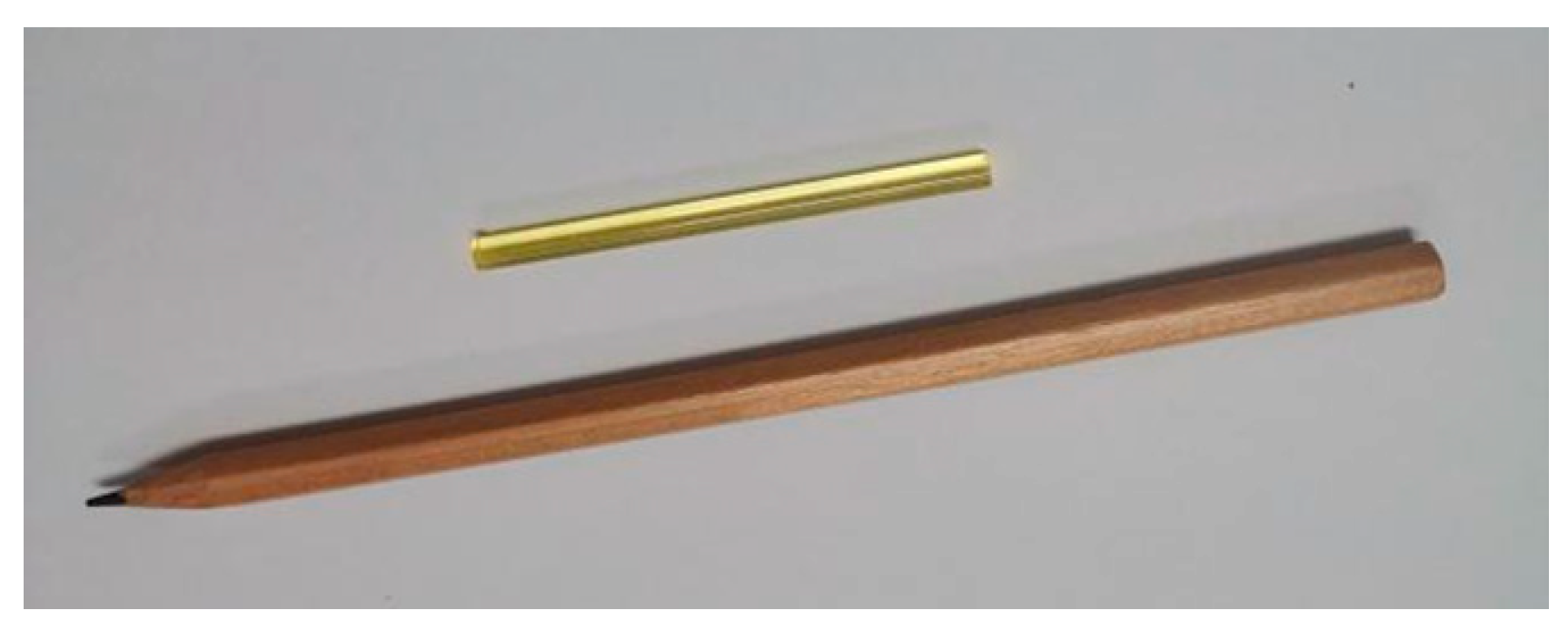
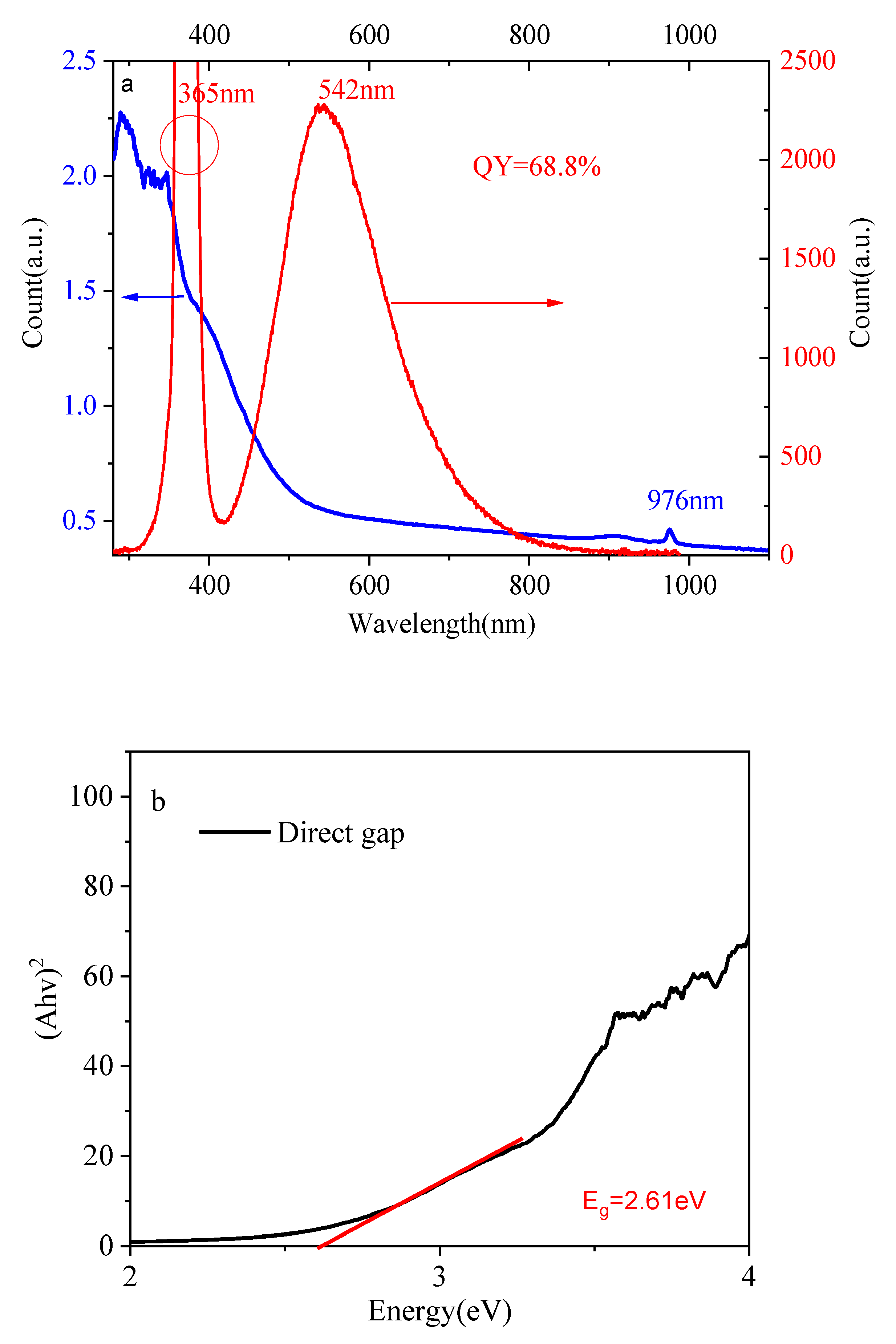
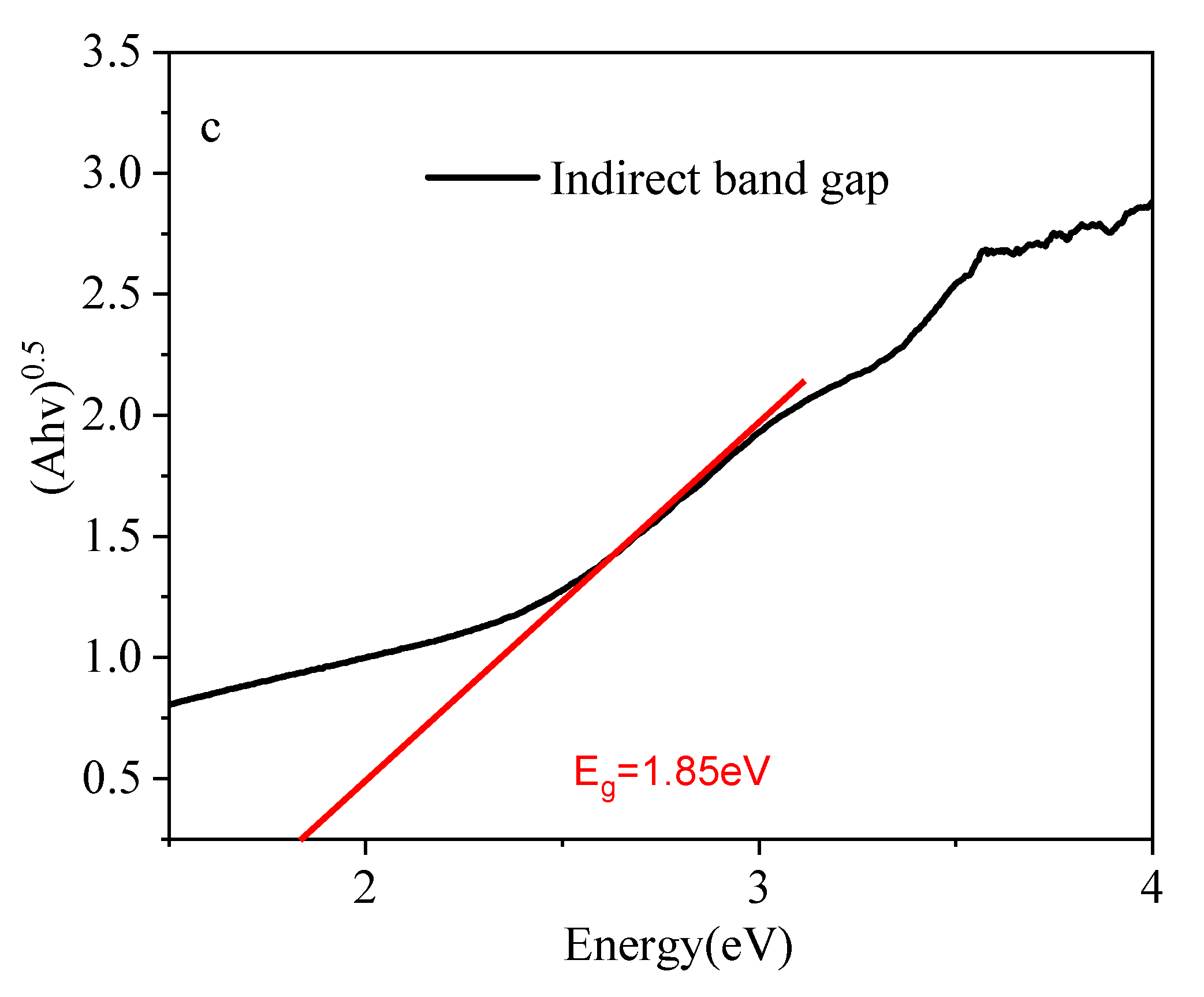
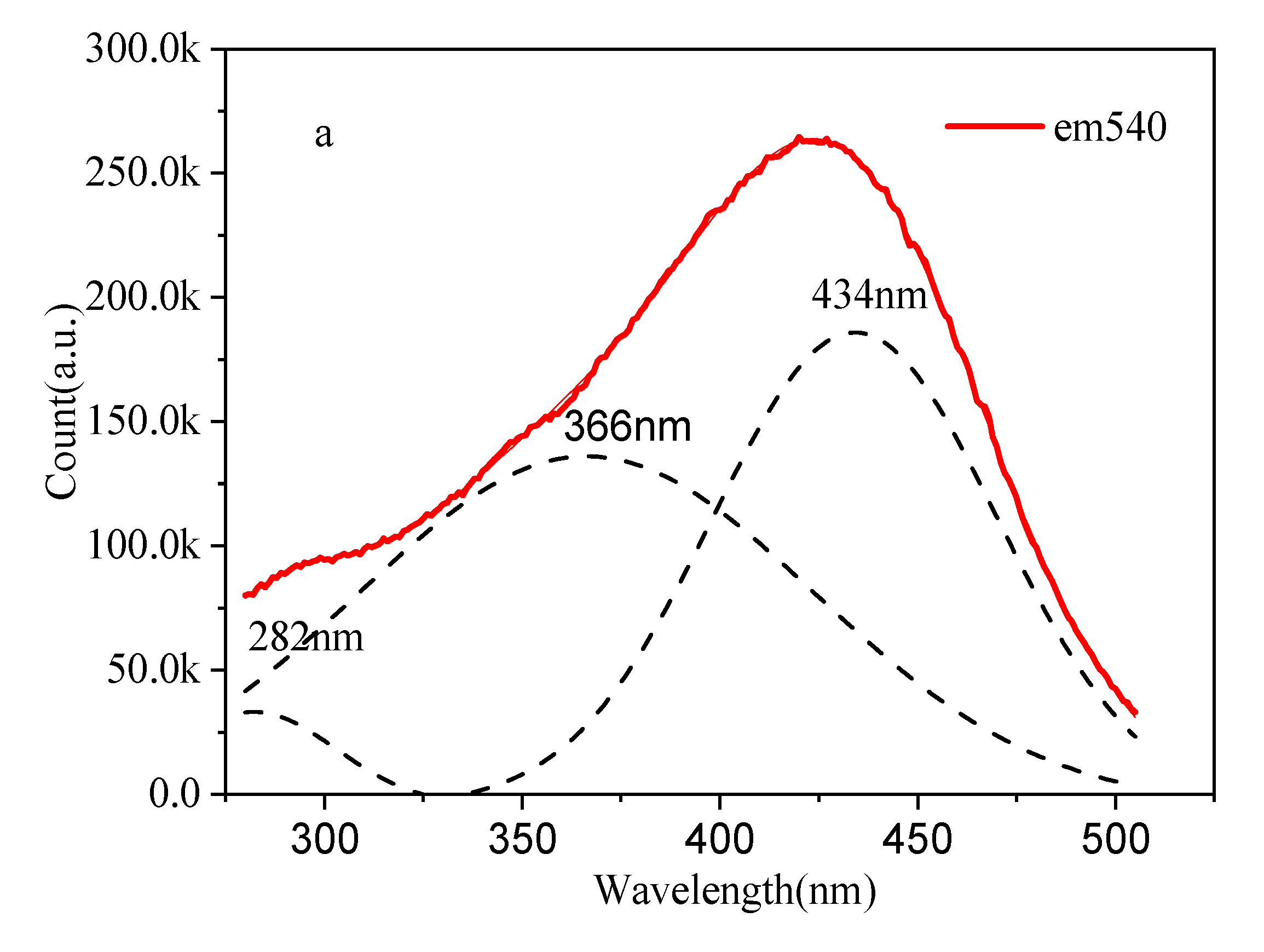
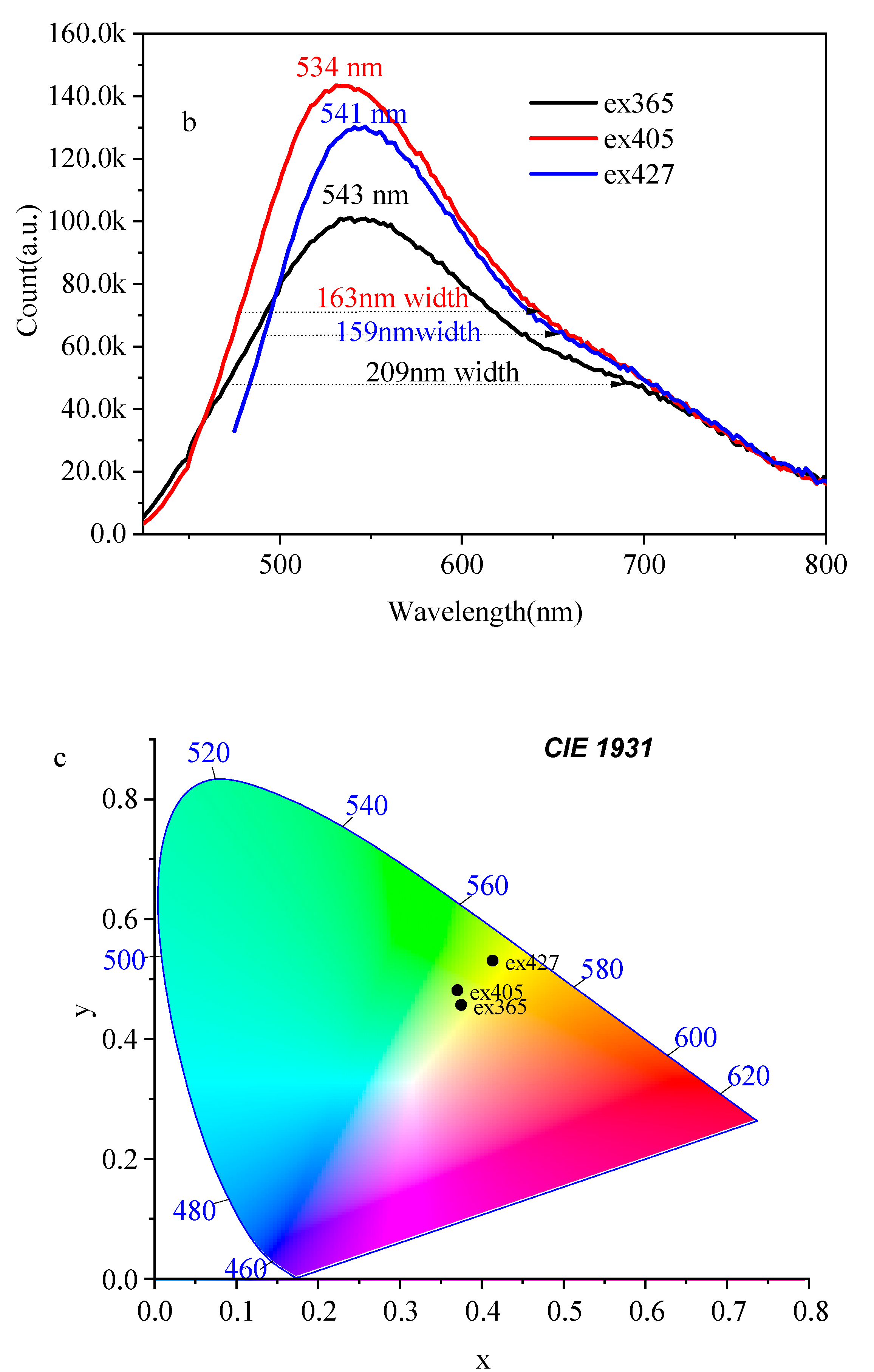
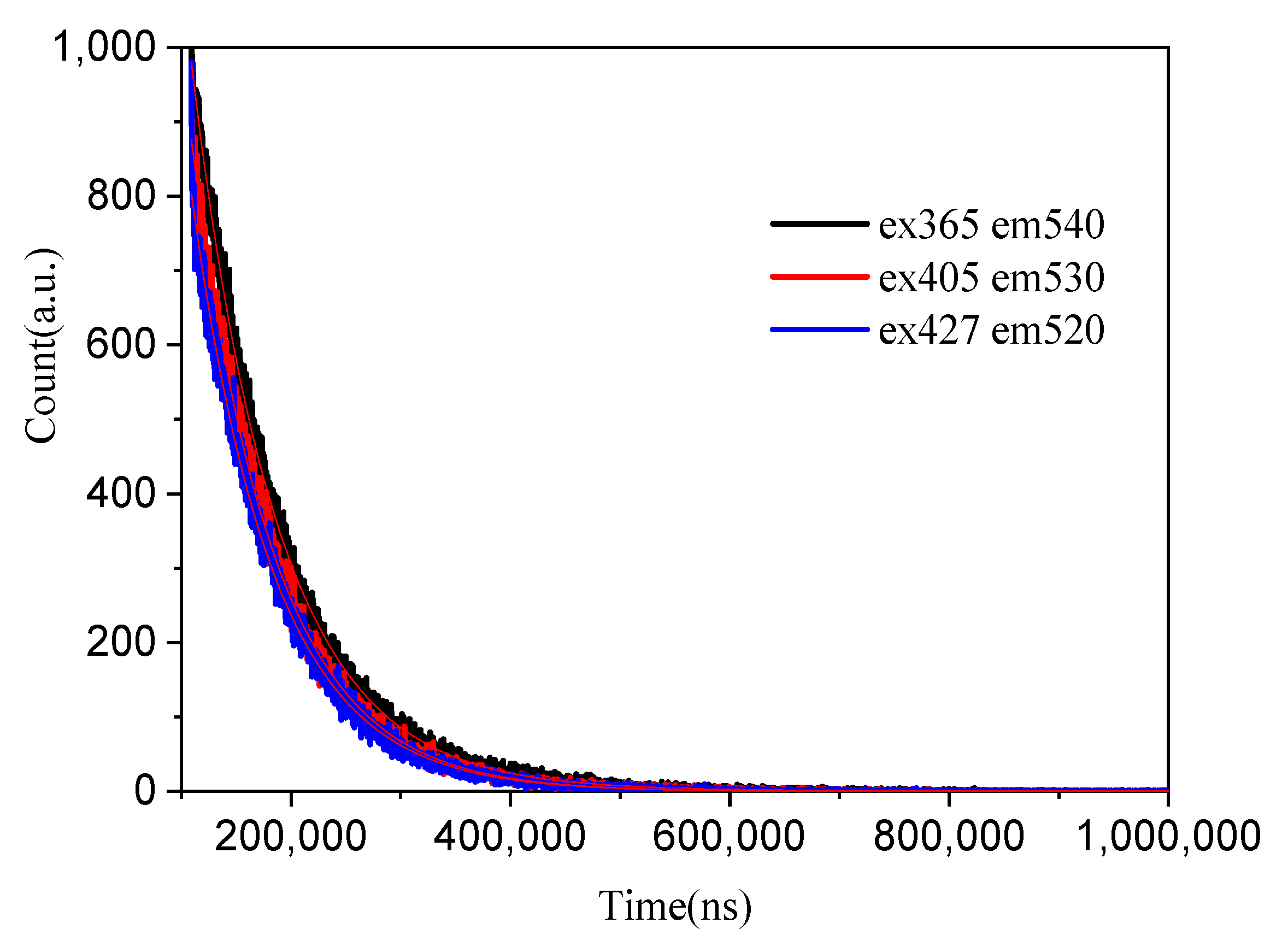
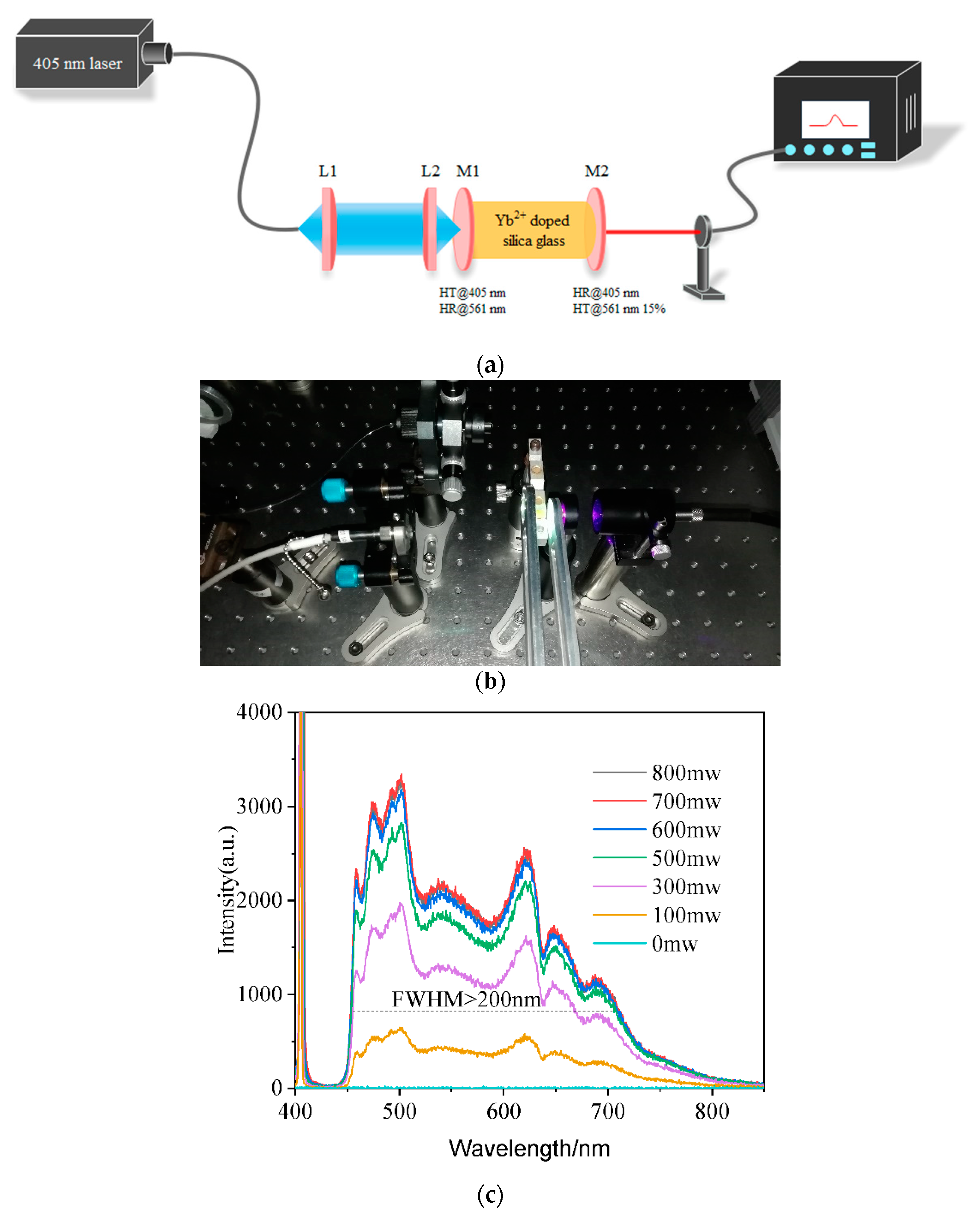
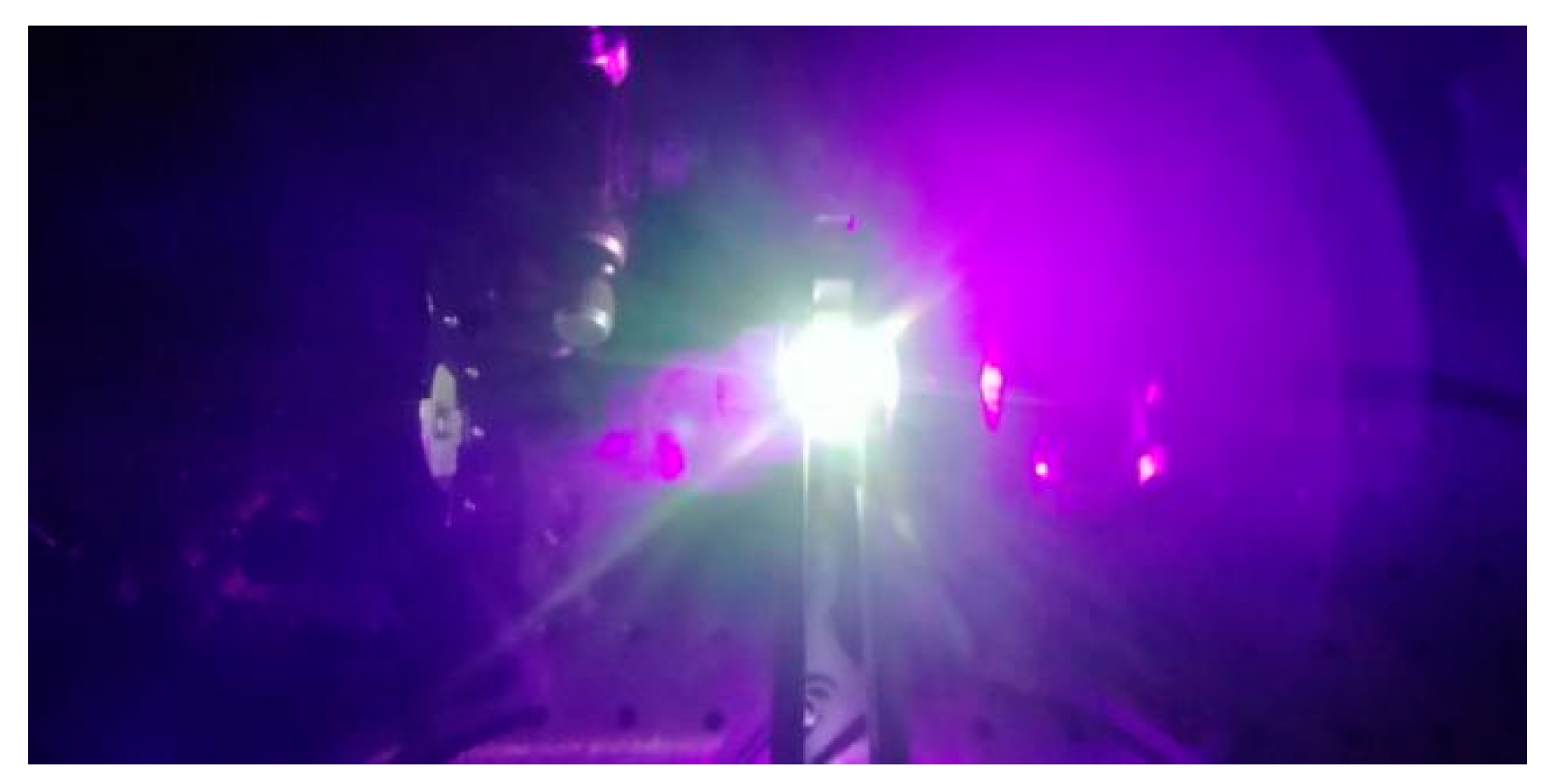

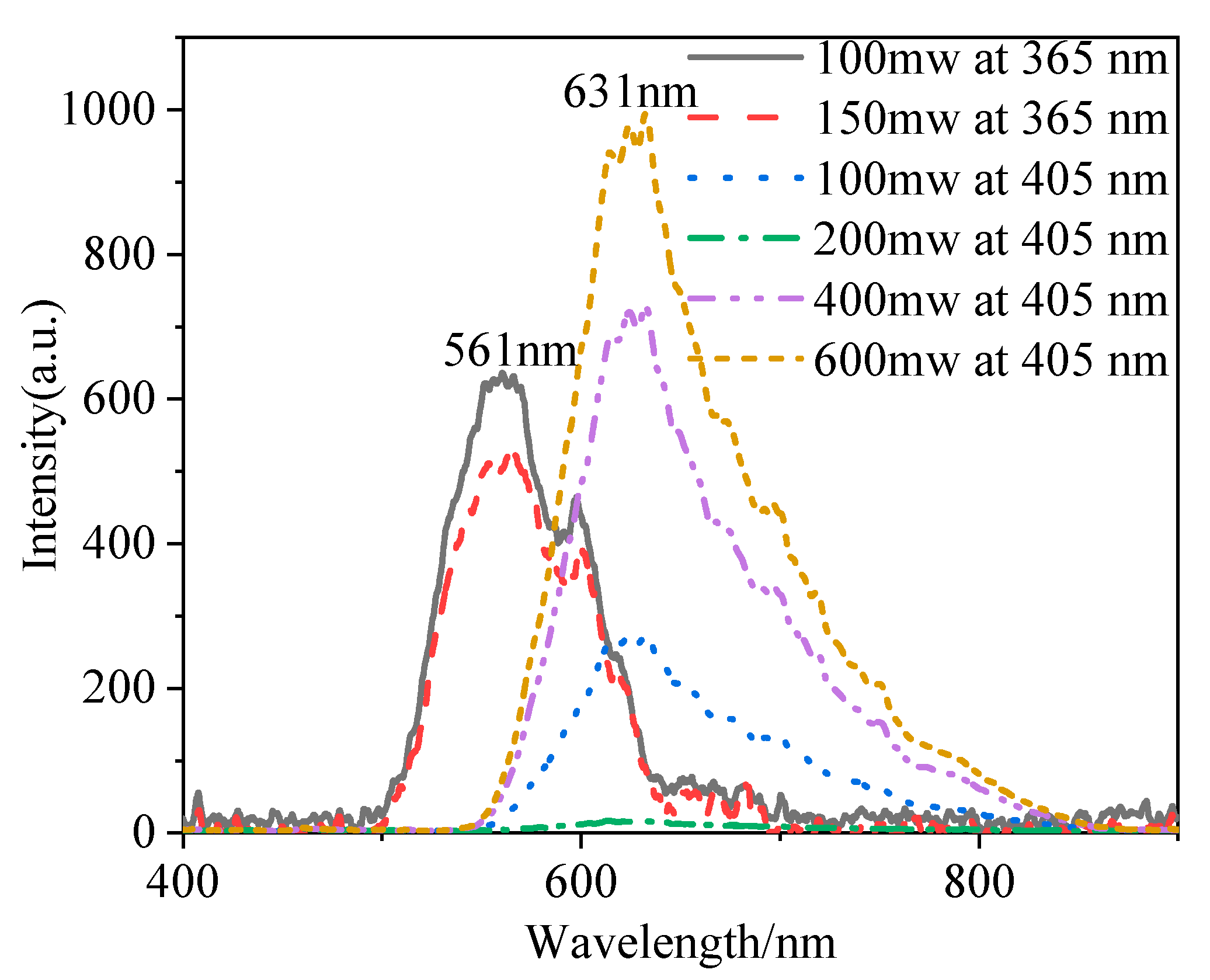
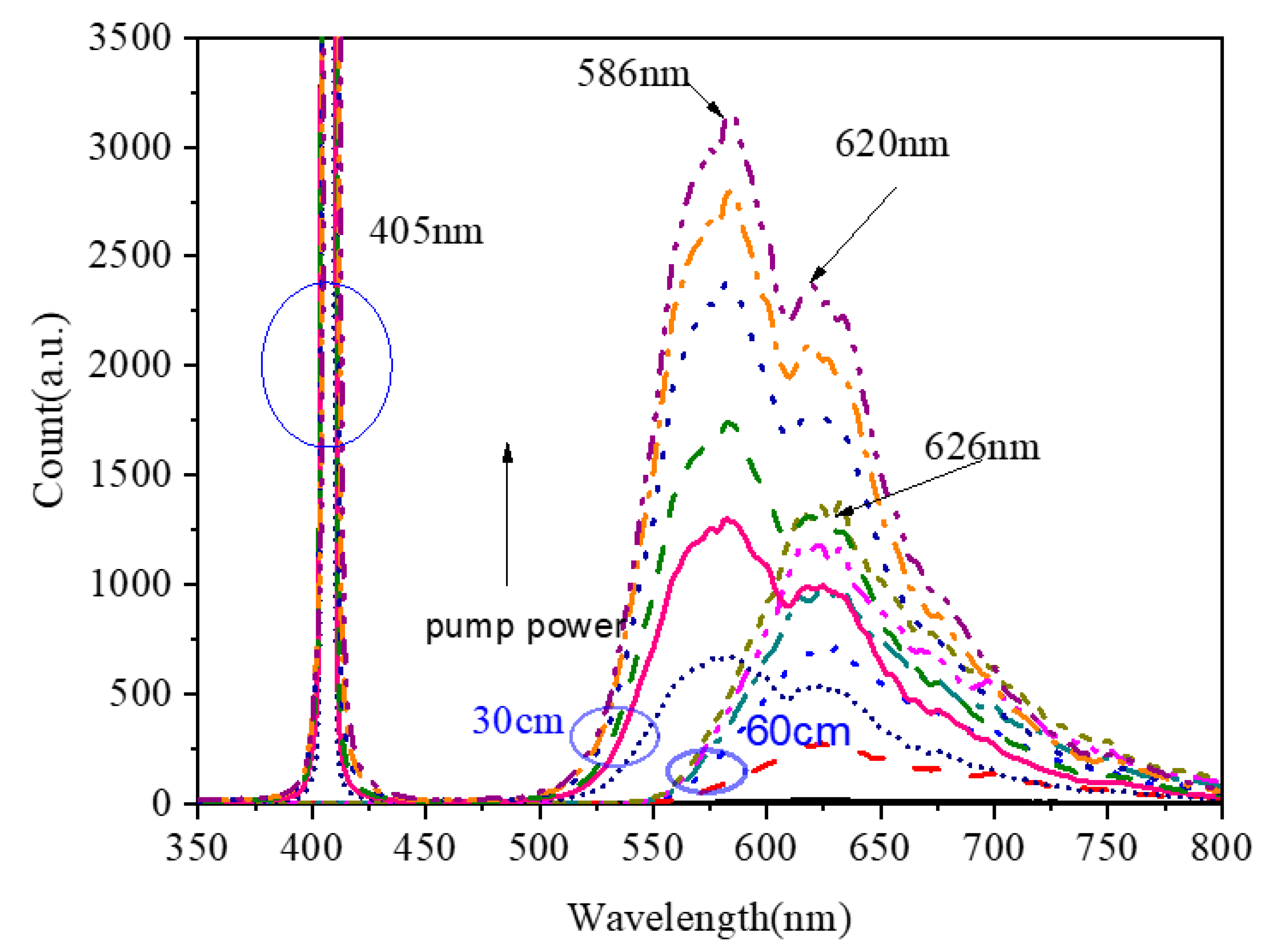
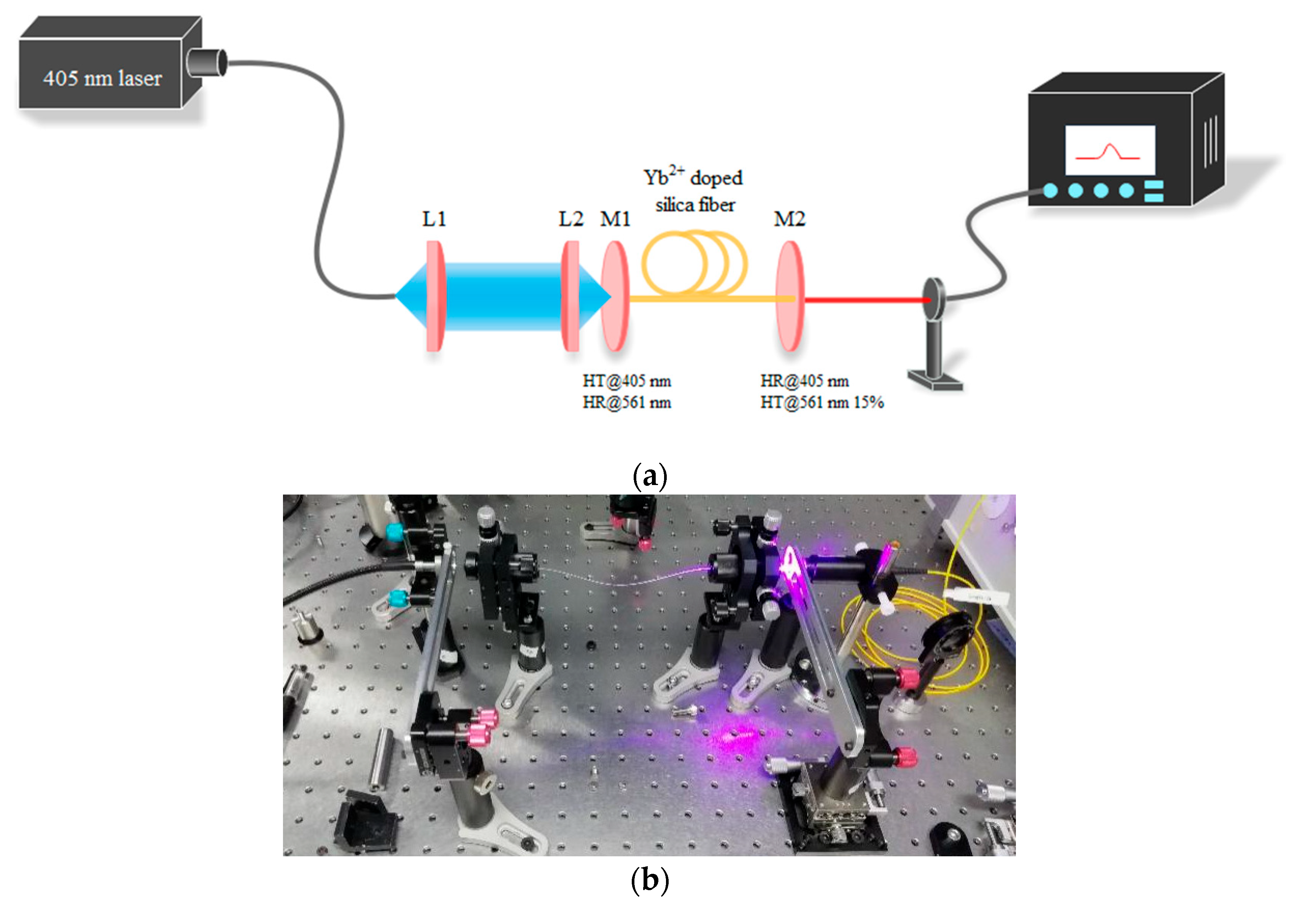
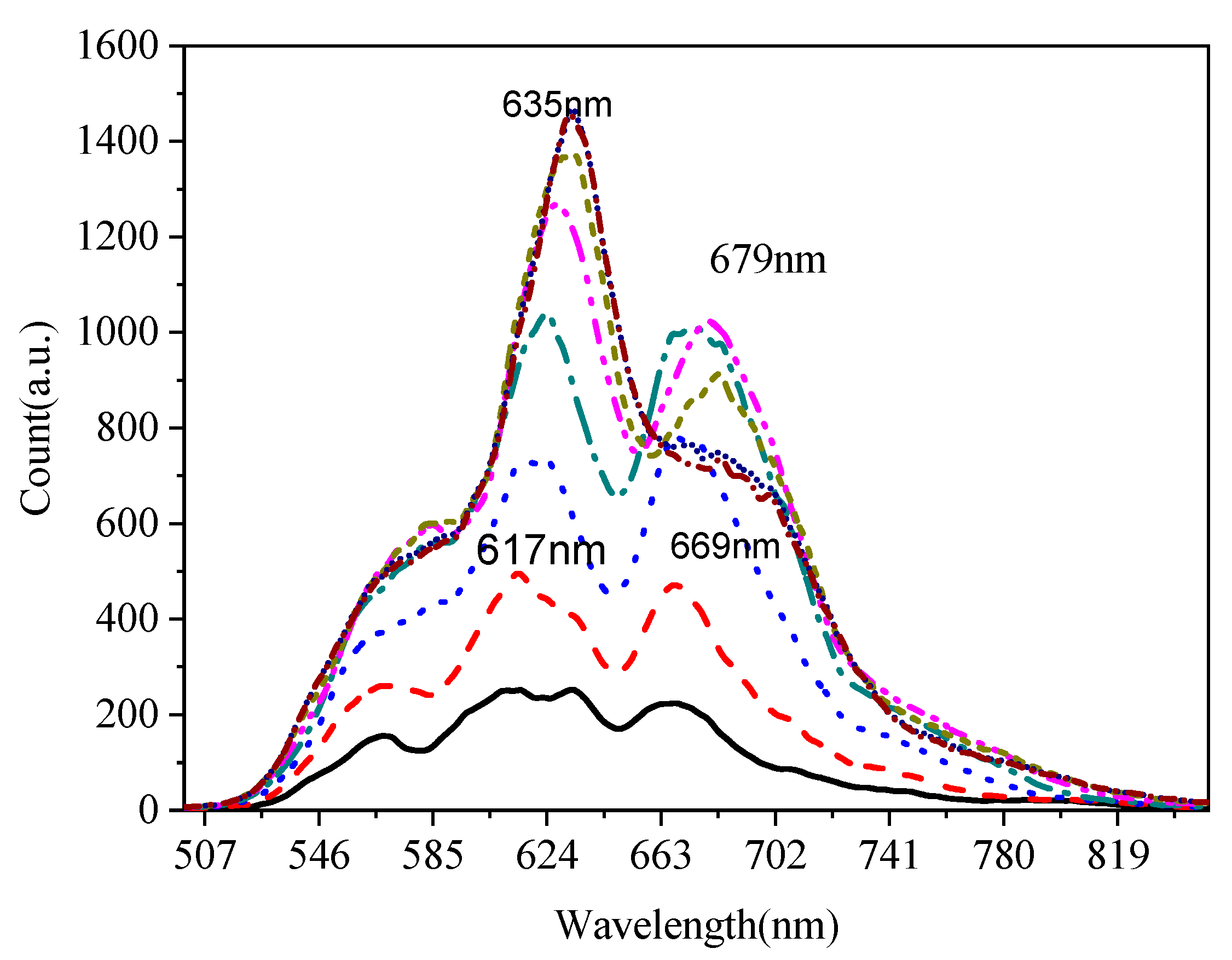
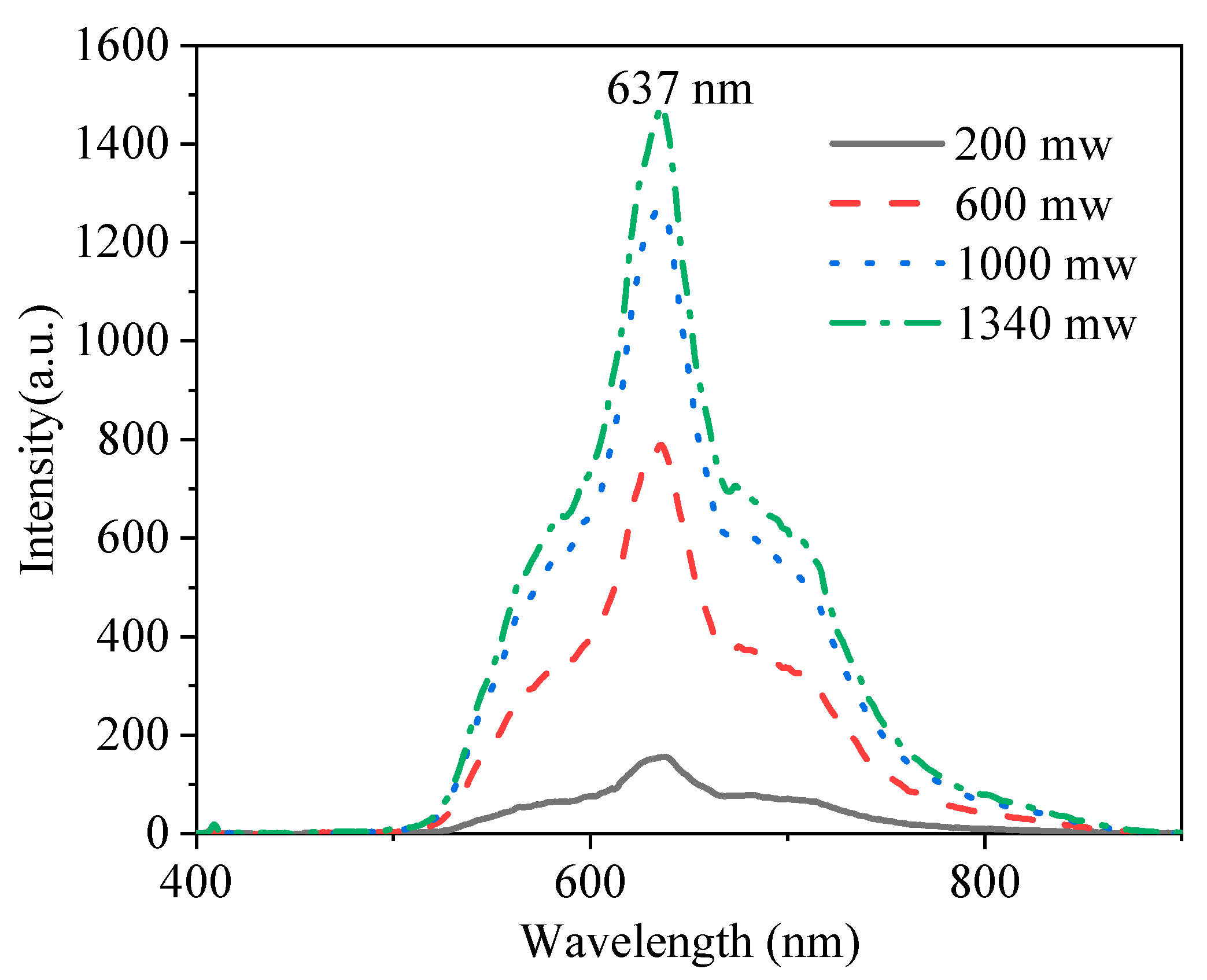
Publisher’s Note: MDPI stays neutral with regard to jurisdictional claims in published maps and institutional affiliations. |
© 2022 by the authors. Licensee MDPI, Basel, Switzerland. This article is an open access article distributed under the terms and conditions of the Creative Commons Attribution (CC BY) license (https://creativecommons.org/licenses/by/4.0/).
Share and Cite
Xia, C.; Liu, J.; Hou, Z.; Zhou, G. Divalent Yb-Doped Silica Glass and Fiber with High Quantum Efficiency for White Light Source. Materials 2022, 15, 3148. https://doi.org/10.3390/ma15093148
Xia C, Liu J, Hou Z, Zhou G. Divalent Yb-Doped Silica Glass and Fiber with High Quantum Efficiency for White Light Source. Materials. 2022; 15(9):3148. https://doi.org/10.3390/ma15093148
Chicago/Turabian StyleXia, Changming, Jiantao Liu, Zhiyun Hou, and Guiyao Zhou. 2022. "Divalent Yb-Doped Silica Glass and Fiber with High Quantum Efficiency for White Light Source" Materials 15, no. 9: 3148. https://doi.org/10.3390/ma15093148
APA StyleXia, C., Liu, J., Hou, Z., & Zhou, G. (2022). Divalent Yb-Doped Silica Glass and Fiber with High Quantum Efficiency for White Light Source. Materials, 15(9), 3148. https://doi.org/10.3390/ma15093148





